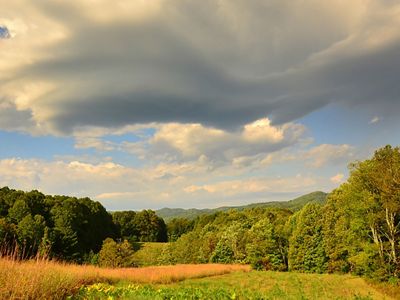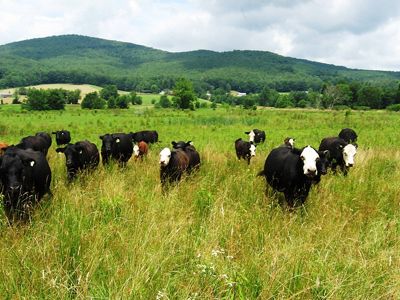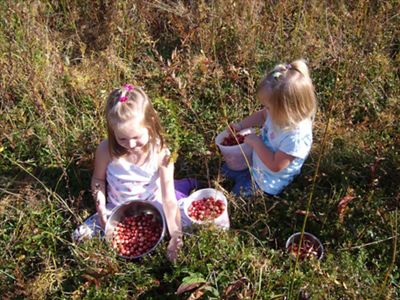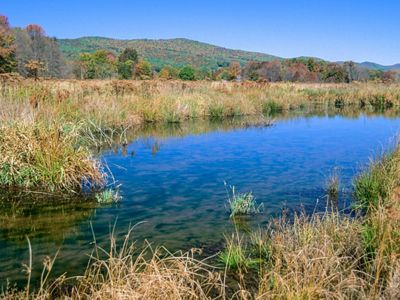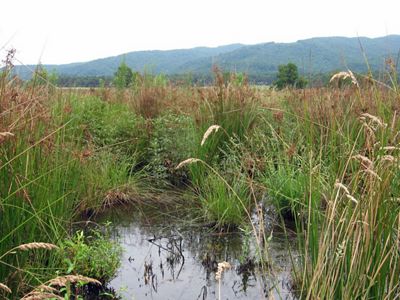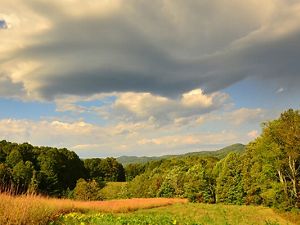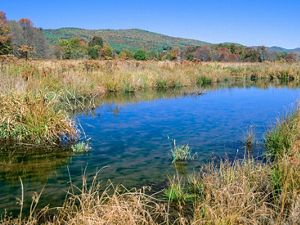Mountain wetlands make Shady Valley one of Southern Appalachia’s most ecologically important areas.
Long recognized as one of the Southern Appalachians' most ecologically important areas, northeast Tennessee’s Shady Valley reveals a rare, high-elevation remnant of the last Ice Age—a hidden treasure blanketed in a mosaic of sphagnum/cranberry peat bogs and white pine/hemlock forests. A diverse array of plants and animals, many of them also found in New England’s famous cranberry bogs, have sheltered in Shady Valley due to its elevation and climate.
From the 1930s through the 1950s, a growing human population and its need for food resulted in draining of most of Shady Valley’s wetlands for agriculture, leaving just a few scattered patches where native plants and animals clung to existence. To protect Shady Valley’s increasingly rare ecosystems and species from local extinction, The Nature Conservancy purchased its first nature preserve in Shady Valley in 1979, the Jess Jenkins Cranberry Bog. The Conservancy later transferred the preserve to East Tennessee State University for scientific research and educational purposes.
Today, TNC owns four nature preserves totaling over 800 acres in Shady Valley.
.jpg?crop=0%2C0%2C2304%2C1728&wid=640&hei=480&scl=3.6)
Restoring Shady Valley
Shady Valley supports at least 26 rare plants and animals. The valley's wetlands represent one of only two places in Tennessee where American cranberry grows naturally. These wetlands are also home to the southern bog turtle, which is listed as federally threatened under the Endangered Species Act. Beaver, golden eagles, migratory shorebirds and songbirds, and ever-present deer, turkey and black bears also inhabit TNC’s Shady Valley preserves.
Since 1996, TNC has employed longtime valley residents at its Shady Valley office in order to preserve, restore and expand the few remaining mountain bog sites. This work serves as the most important factor in the long-term protection of rare wetland species like the American cranberry and southern bog turtle in Tennessee.
TNC also augments the preservation of Shady Valley’s unique cultural and natural heritage in ways that encourage people and nature to thrive together. TNC fosters this by hosting regular educational and birding tours, and sponsoring academic research projects pursued by students ranging from the high school through post-graduate levels. The Schoolyard Springs Preserve includes a field station that is used by partner agencies, organizations and individuals who are devoting time to studying and conserving Shady Valley’s many natural treasures.
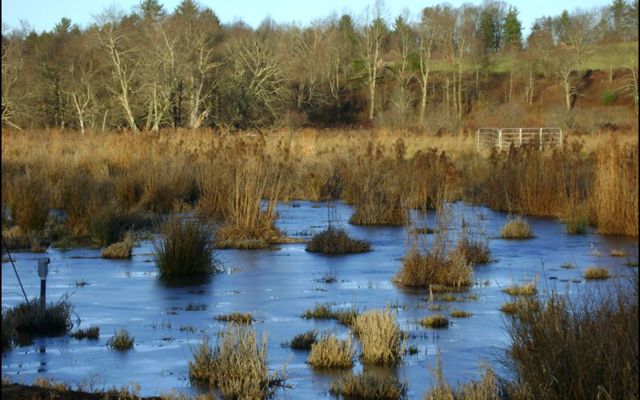
Cranberries and Critters
Johnson City’s WJHL covers all of the reasons why we work to protect nature in this corner of Tennessee.
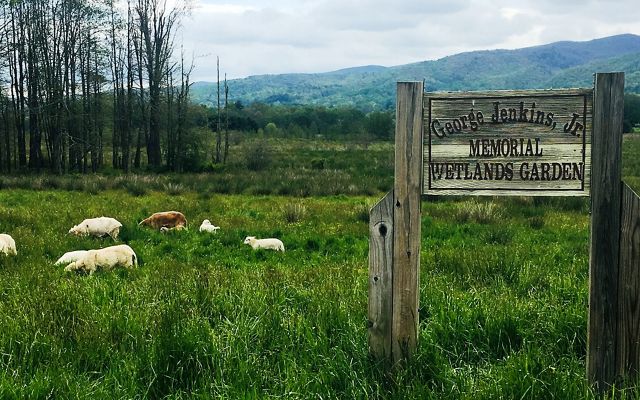
Bogged Down
Ken Beck from The Wilson Post thinks everyone should know more about one of Tennessee’s hidden gems.
Shady Valley Milestones
The Unites States government begins the first major drainage of the Shady Valley wetlands in the 1930s. The wetlands are drained to create suitable land for crops, timber, and pasture for livestock. Additionally, ditches are dug to channelize water away from the drying landscape.
.jpg?crop=0%2C0%2C2304%2C1728&wid=400&hei=300&scl=5.76)
TNC purchases the 1-acre Jess Jenkins Cranberry Bog on Orchard Road. This remnant bog has the only wild cranberries remaining anywhere in Tennessee and will be used for study and preservation.
From 1994 to 1996 TNC purchases 65-acre Orchard Bog Preserve in three phases. In 1996, Marie Dickey Kalman donates the 459-acre John R. Dickey Birch Branch Sanctuary to TNC. In 1997, TNC begins the first wetland restoration project in the valley at Orchard Bog. In 1998, TNC purchases the 65-acre Quarry Bog Preserve. In 1999, TNC purchases the 10-acre Schoolyard Springs Preserve.
In 2000, TNC conducts a 2nd wetland restoration project at Quarry Bog. In 2006, TNC purchases an additional 80+ acres at Orchard Bog. TNC adds 12 acres to Schoolyard Springs in 2007. In 2009, TNC completes a 3rd wetland restoration project at Orchard Bog.
In 2011, TNC completes the 4th and largest wetland and stream restoration project at Orchard Bog. In 2014, 3 acres are added to Quarry Bog. In 2017, TNC adds 5 acres to Orchard Bog. In 2018, TNC adds 7 acres to Schoolyard Springs preserve.
Support Tennessee Nature
We with landowners to ensure a future in which people and nature can thrive.


